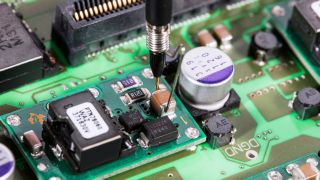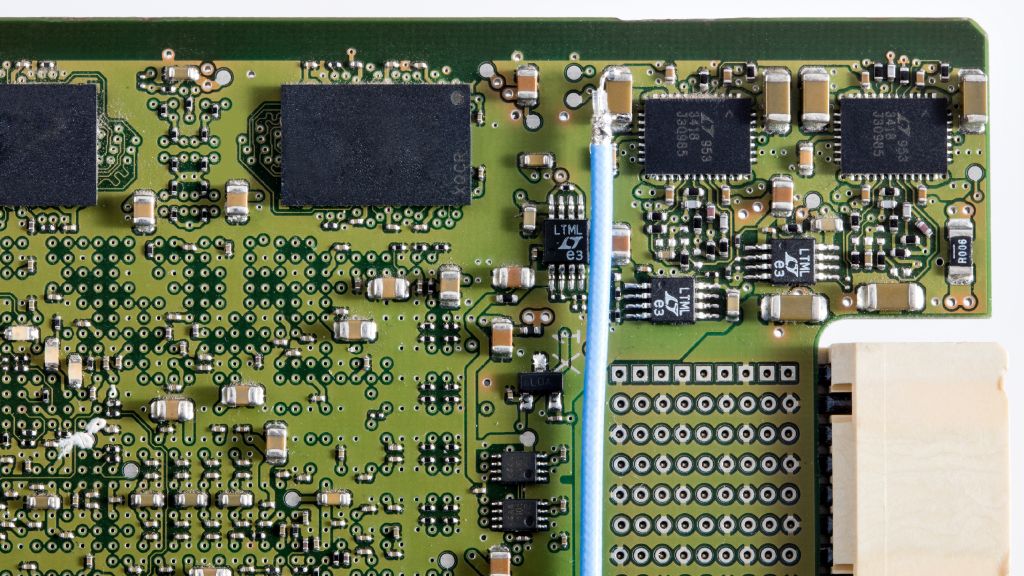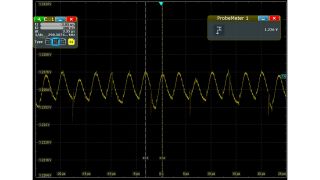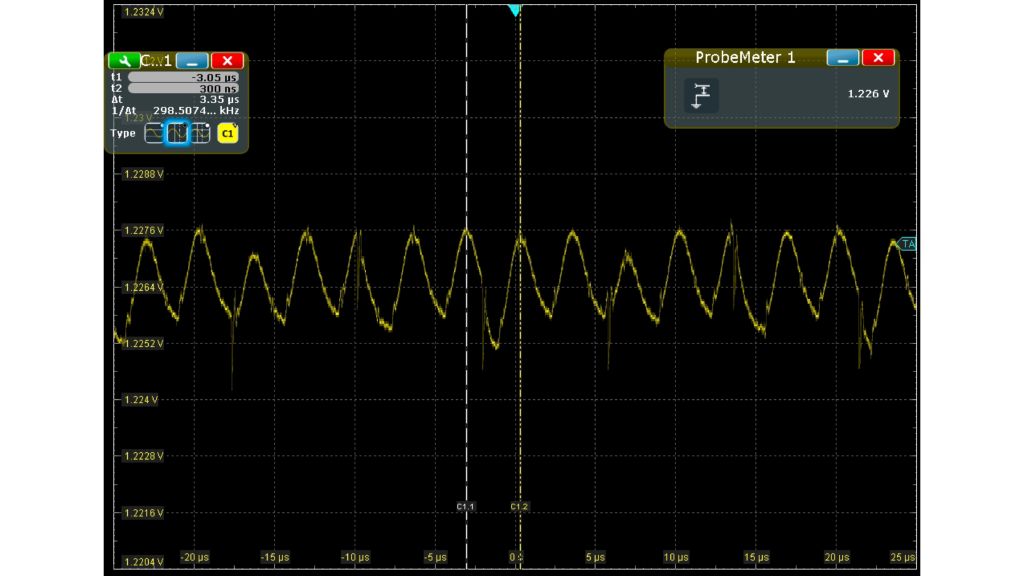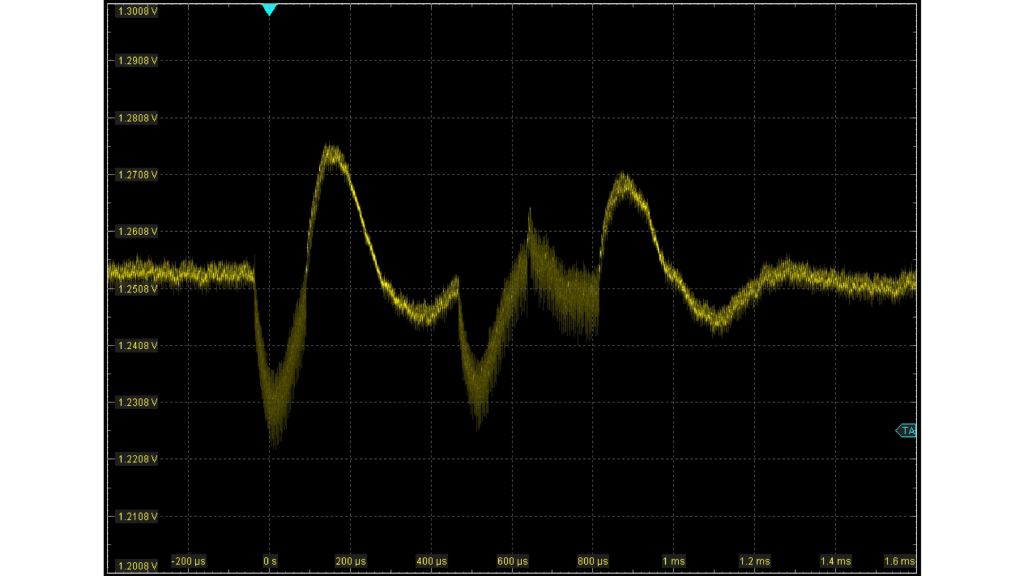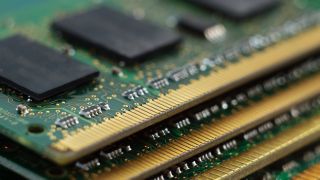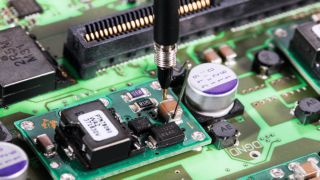Verifying power integrity for DDR memories
A key challenge for embedded devices with DDR memories is to maintain signal integrity in the presence of power and ground rail fluctuations. This becomes even more important as supply voltages decrease and switching speed increases leading to tighter power rail tolerances and jitter requirements.



